How Caravaggio escaped cancellation
The Italian Baroque master had underage sex partners and used vulgar models - yet is surprisingly popular today.
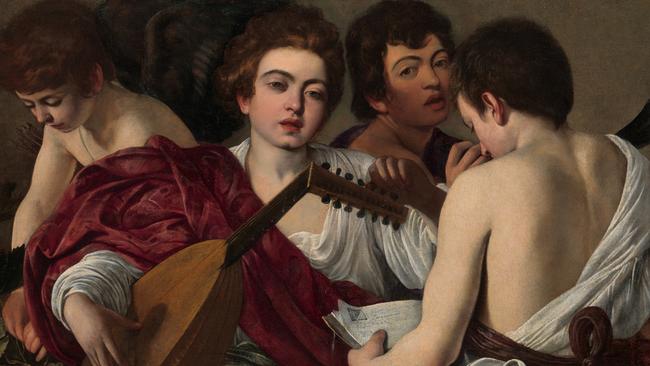
Caravaggio’s enormous popularity today may seem surprising, considering how out of sympathy his work and even his character are with almost every aspect of contemporary art and culture. He is an almost exclusively religious artist in an age of declining belief and even anti-Christian sentiment; a naturalist painter when art schools barely teach painting anymore; and his personal life, if he had lived a couple of centuries closer to our own time, would make him a candidate for pious disapproval if not outright cancellation.
But as so often, widespread popularity rests on misinformation and misconceptions, especially when these align with current prejudices and assumptions about the role of the artist. Thus Caravaggio’s use of vulgar models is implicitly taken as an expression of solidarity with ordinary humanity; even better, it is imagined as a rebuke to the grand and a refusal of religious convention.
Stories are repeated of pictures rejected by the clerical establishment because the model was common or in the most notorious case, because the artist had used a drowned prostitute as a model for The Death of the Virgin.
What emerges from such a collage of scraps taken out of context is the kitsch image of an oppositional, anti-establishment artist, provoking the church, overturning social and artistic norms, etc. All this appeals to a contemporary audience that finds it hard to understand religious feeling, and tends to be hostile to the church as an institution, but is accustomed to the cliche of the artist as outsider and iconoclast. Caravaggio’s sexual tastes have also contributed to the outsider image, although these days the probable ages of prostitutes of either sex has become uncomfortable for many to contemplate.
In fact we know quite a lot about the life of Michelangelo Merisi (1571-1610), known as Caravaggio from the town of his birth. A short account was published by Baglione in his Vite de’ pittori… (1642), and a much longer and more detailed critical biography was one of the 12 in Gian Pietro Bellori’s similarly titled Vite de’ pittori… (1672). There are also archival records and his police file recording arrests for violent affrays and slander, which can be found, for instance, in Walter Friedlaender’s Caravaggio Studies (1955). These primary sources are often more enlightening than the endless books published in recent decades, especially those addressed to a popular readership.
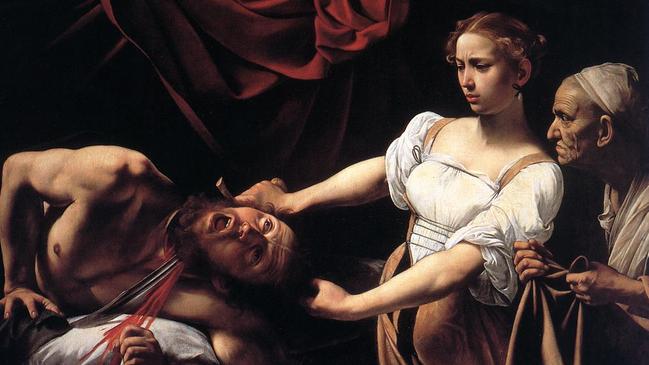
From these documents we learn about Caravaggio’s beginnings as an artist as well as his difficult and quarrelsome character, a subject of particular interest at a time when humoral theory was held to explain both the personality of an artist and the style of his work. In this system, which originated in ancient Greece and survives today in a such words as “humour”, “temperament” and “complexion”, among others, the human organism is a microcosm of the order of nature. Just as the world is made of four elements, fire, air, water and earth, so man is composed of the corresponding “humours”: choler, blood, phlegm and black bile. In theory we are healthy when these humours are in balance and ill when they are not; but from antiquity it was clear that healthy people could have varying proportions of the four humours, and this determines our temperament: a preponderance of choler or yellow bile makes us choleric; of blood, sanguine; of phlegm, phlegmatic; and of black bile, melancholic.
Melancholy was the most characteristic temperament of artists, as identified in renaissance texts as well as modern studies by Wittkower, Panofsky and others. But if Caravaggio exhibited melancholy characteristics, he was perhaps above all a choleric man, fiery and given to outbursts of anger. He almost certainly killed a man in Milan before his arrival in Rome; later, in 1606 and at the height of his success, he killed another young man after a tennis match, and he spent the last few years of his life on the run, first from assassins hired by the boy’s family and later most likely another group of thugs hired by the Knights of Malta after his brief stay in Malta (1607-08) also ended in a disastrous quarrel. They eventually caught up with him in Naples, where he was brutally attacked and almost killed in 1609; he died in 1610 on his way back to Rome, in the middle of the day and in midsummer, conditions which would, according to humoral theory, exacerbate the dangers of his innate nature.
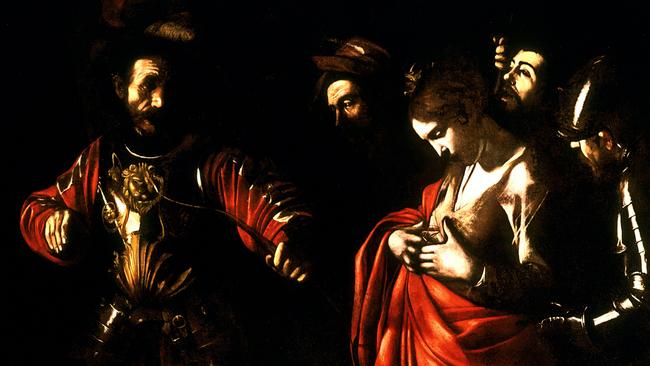
In spite of his difficult and contentious personality, however, Caravaggio’s talent was soon recognised and he was taken into the household of Cardinal del Monte, for whom he painted the picture of young musicians in the present exhibition (c. 1596) as well the Saint Francis in ecstasy (c. 1595). He rapidly established himself as one of the stars of Rome’s highly competitive art world, especially after the spectacular Saint Matthew paintings in San Luigi de’ Francesi (1599-1600). When the Carmelites of Santa Maria della Scala rejected The Death of the Virgin in 1606, he was a celebrated master and the picture was immediately purchased by the Duke of Mantua on Peter Paul Rubens’s recommendation. In 1627, the Gonzaga collection was acquired by King Charles I and today it is in the Louvre.
If Caravaggio was controversial in his time, it was especially because of his approach to the technique of painting, as we can see when we read Bellori’s biography, a fascinating document torn between admiration and disapproval. Unlike his most important contemporary in Rome, Annibale Carracci, he had not grown up in the art, but was largely self-taught. Whereas Annibale had learnt to draw when very young and was the greatest draughtsman of his generation, Caravaggio had not had access to this fundamental training.
The normal procedure for making a painting was to come up with a compositional idea, draw studies from models for the various poses, and then combine all of these in the final picture. Because Caravaggio had not learnt to draw, however, he developed a distinctive method of painting directly from the model. After preparing and underpainting his canvas in the normal way, he would bring his models into the studio and effectively set them up as though for a photo shoot. They were arranged in a very shallow space with light falling obliquely from above on one side. Then he would make a few simple lines in the still-wet underpainting to remind himself of their positions and gestures, and send all the other models home except for one, from whom he would begin to paint directly. There is a very good Italian YouTube video (search: Caravaggio’s technique) which not only explains all this accurately but includes an effective practical demonstration of the process.
Why was this method controversial? First of all because it meant that he was completely reliant on his models in a way that artists practising the classic technique were not. They could use the model to understand how the body worked in a particular pose, but they could modify and invent and synthesise observation with memory, allusions to great painters of the past, etc. Caravaggio claimed to despise this method and asserted that the models he found were suitable just as they were; this is the real reason that he was criticised for the vulgarity of some of his types. At the same time it is crucial to realise that he was not doing this out of disrespect for his subjects but because he was seeking to give the sacred stories a new kind of reality and, above all, evoking the quintessentially baroque paradox of the irruption of spirituality into the stubbornly material world of everyday experience.
Caravaggio’s approach was eagerly taken up by young men who, like him, were talented but lacked the classic training in drawing, but it was severely criticised by the classically taught who considered it an illegitimate and second-rate shortcut. And it certainly does have limitations: it is best suited to small groups of figures, and cannot be used for large-scale narrative subjects. Because the artist needs to be close to his model, figures are often half-length rather than full-length. Space tends to be very shallow and lighting strong and artificial. And finally it is only through years of life drawing that an artist really comes to understand the anatomy of the human figure. Caravaggio’s own works are full of vague or inaccurate anatomy, even when he has the figure before his eyes, for example in several details in The Flagellation (1607).
The exhibition effectively demonstrates Bellori’s observation about Caravaggio’s transition from an earlier style characterised by fresher and brighter colours inspired by the North Italian schools, to a darker, more monochrome and tenebristic manner that corresponds to a deepening emphasis on the spiritual meaning of his compositions. A good example of this development is the contrast between the artist’s two versions of the Supper at Emmaus – a subject that epitomises the baroque paradox mentioned above. The first of these (1601) is in the National Gallery in London and is unfortunately not in the exhibition, but the second (1606), today in the Brera, is one of his masterpieces.
![The Supper at Emmaus, c. 1601-02 [London version] by Caravaggio is not in the exhibition.](https://content.api.news/v3/images/bin/e71f9442d2cac90cef4eef8b21b10c5c?width=650)
In the first of these, Caravaggio emphasises the drama of Christ’s sudden recognition by the two disciples, contrasted with the incomprehension of the innkeeper; at the same time the internal spiritual experience of the two men is contrasted with the vivid naturalism of the meal and the basket of fruit set out on the table. In the later version the naturalism is strictly pared back and there is no overt drama. The scene is much darker and the setting on the table is austere. Christ is intent on blessing the bread that he has just broken and the others – not only the two pilgrims but even the innkeeper himself – are quietly but irresistibly drawn towards the sacramental mystery.
![The Supper at Emmaus, 1606 [Milan version].](https://content.api.news/v3/images/bin/f411f68c18d2edf475c32ad105234e5e?width=650)
This increasing spiritual depth is characteristic of other works of Caravaggio’s later years, including the most important work that most of his admirers have never seen, the extraordinary Raising of Lazarus (c. 1609) in Messina in Sicily, in which we can see him beginning to paint more freely, probably from memory in some cases (the figure of Christ is an echo of the Christ at San Luigi dei Francesi), and in which, partly out of necessity, his technique becomes more economical, making greater use of the brown underpainting for the shadow areas of the painting.
The Lazarus is not in this exhibition, but what is probably his final painting, the Martyrdom of Saint Ursula (1610), has been borrowed from Naples. This picture includes the last of many self-portraits that appear throughout his oeuvre: it is right behind the figure of the saint, who looks down almost in disbelief at the arrow that has transfixed her, while Caravaggio, as though himself fatally struck, throws back his head in surprise, anguish and perhaps illumination.
Caravaggio 2025, Palazzo Barberini, Rome, until July 6.



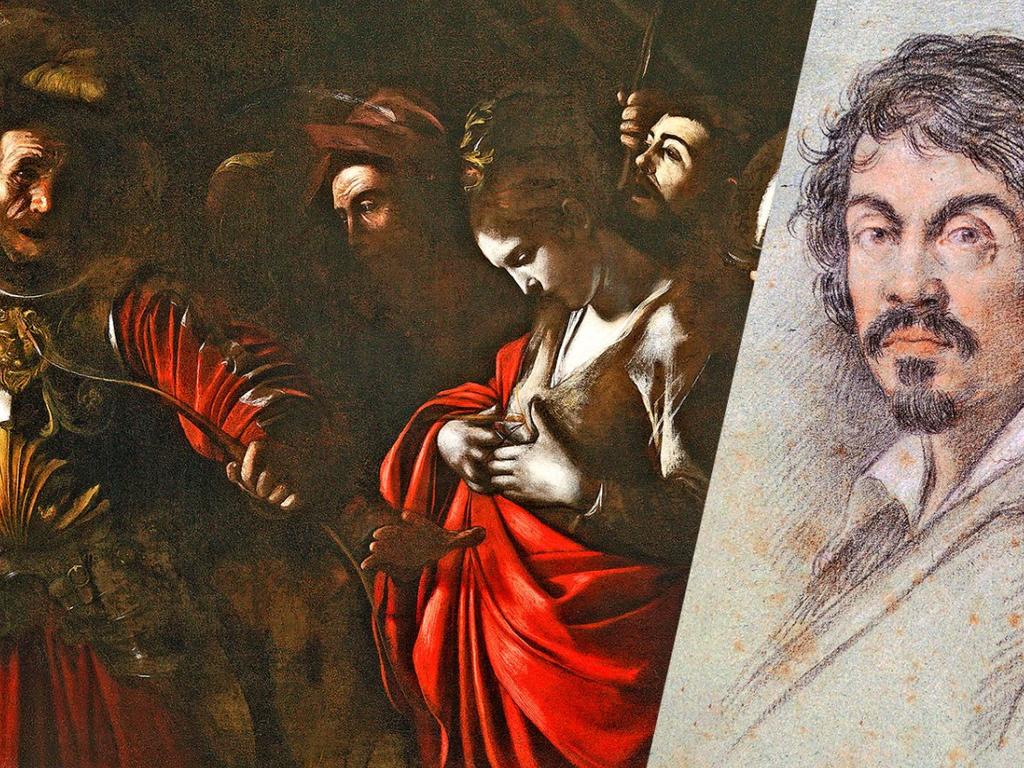
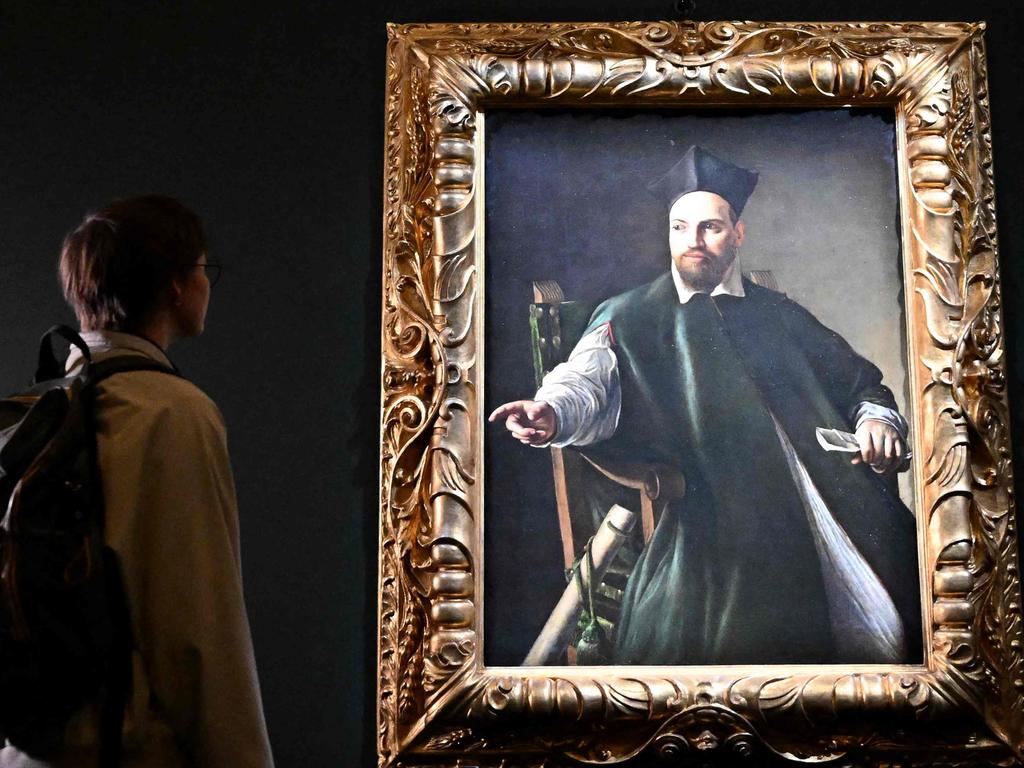


To join the conversation, please log in. Don't have an account? Register
Join the conversation, you are commenting as Logout